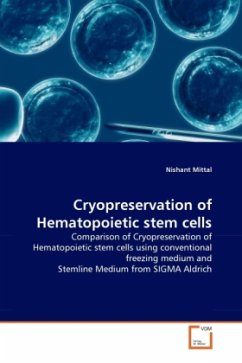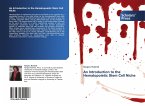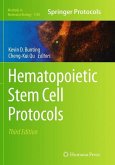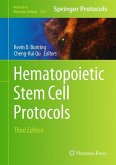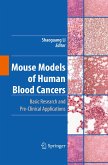Cell populations residing in waste tissues (umbilical cord blood, and placenta) may be collected without any medical or ethical contraindications concerning the mother or newborn baby. Cord blood hematopoietic stem cells are routinely used for clinical transplants. The use of UCB for transplantation requires efficient cryopreservation procedures and revival methods. The purpose of this study was to compare the freezing of hematopoietic stem cells using 10% DMSO (conventional freezing medium i.e. Control) vs. Stemline medium from Sigma (Test). HSC recovery after freezing and thawing was assessed by viability testing, Evaluation of apoptosis using Annexin V- PI staining by fluorescence-activated cell sorting (FACS) analysis, and colony-forming ability under different storage periods. Apoptosis of cells occurs during cryopreservation as this is a stress phenomenon. Activity of Bcl-2 and Caspase-3 were also assessed using confocal imaging and mean fluorescence intensity was calculated
Bitte wählen Sie Ihr Anliegen aus.
Rechnungen
Retourenschein anfordern
Bestellstatus
Storno

